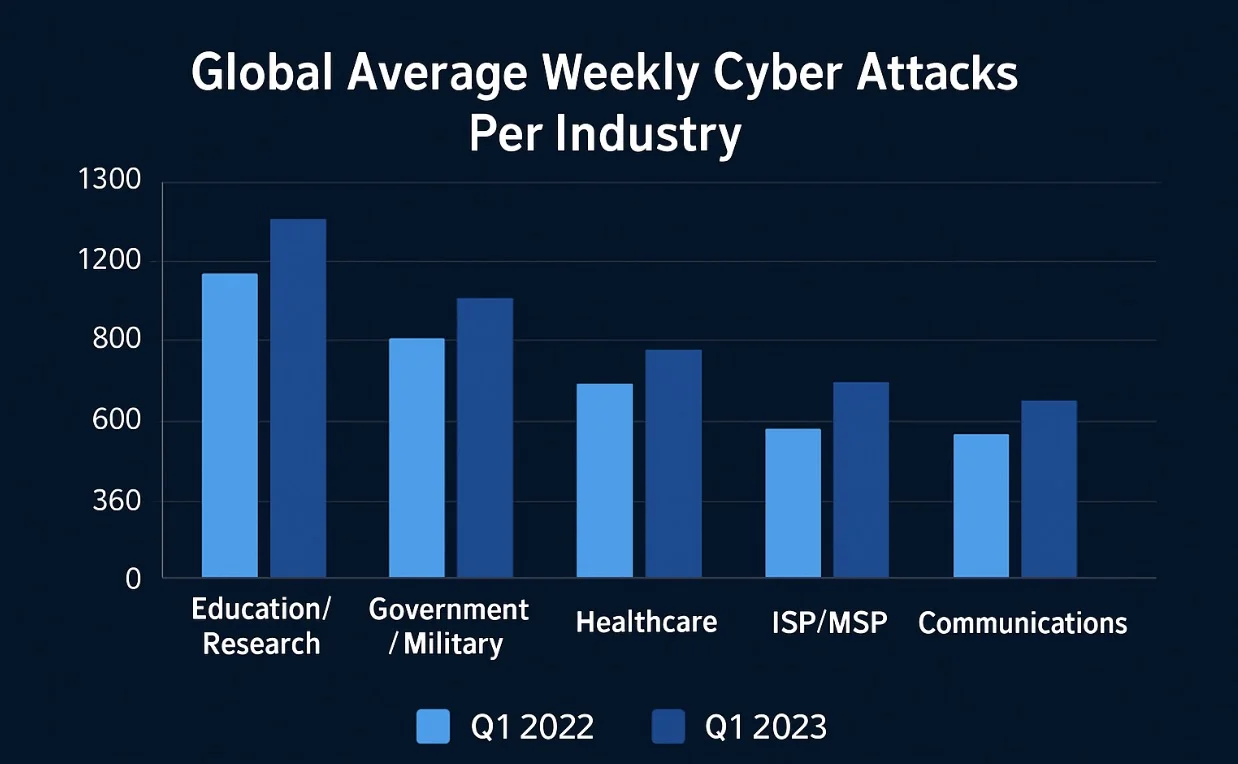How AI Is Changing Cybersecurity?

Introduction
Did you know that cyberattacks increased by 38% in 2023? As hackers get smarter, traditional security methods struggle to keep up. This is where artificial intelligence (AI) and machine learning (ML) come in. AI helps security teams detect threats faster, automate responses, and improve efficiency. Let’s explore how AI is transforming Security Operations (SecOps), real-world examples of its impact, and challenges we need to address.

Why AI is Needed in SecOps?
Cybersecurity teams deal with thousands of alerts daily. Sorting through them manually is overwhelming, leading to missed threats. AI changes the game by filtering out noise, identifying real threats, and even predicting attacks before they happen. This allows organizations to stay ahead of hackers instead of always playing catch-up.
How AI and ML are Improving Cybersecurity
1. Smarter Threat Detection
AI analyzes vast amounts of security data to spot unusual activity that might indicate a cyberattack. Unlike traditional systems that follow fixed rules, AI continuously learns from new threats, making it more effective at detecting cyber risks.
2. Faster Incident Response
Time is everything in cybersecurity. AI-powered tools can automatically isolate infected systems, block malicious traffic, and alert security teams in real-time. This rapid response minimizes damage and allows IT teams to focus on serious threats.
3. Predicting Cyberattacks Before They Happen
By analyzing past attacks and trends, AI can forecast future threats. This proactive approach helps businesses strengthen security before an attack occurs rather than reacting after the damage is done..
4. Reducing False Alarms
Security teams often deal with false alerts, wasting valuable time. AI refines threat detection by filtering out unnecessary alerts, allowing security teams to focus on genuine threats.
We are a tech-driven company delivering cutting-edge digital solutions that empower businesses to grow, scale, and lead in their industry.
Our Services
- Web Development
- Mobile App Development
- Custom Software
- IT Support
- Cloud & DevOps
Quick Links
Get In Touch
📧 Email: Info@elohimhildings.ca
📍 Address: 3660 Midland Ave Suite 330, Toronto, ON M1V 0B8, Canada
☎️ Phone: +1 (866) 654-6511
- Elohim Holdings 2025 All Right Reserved.
